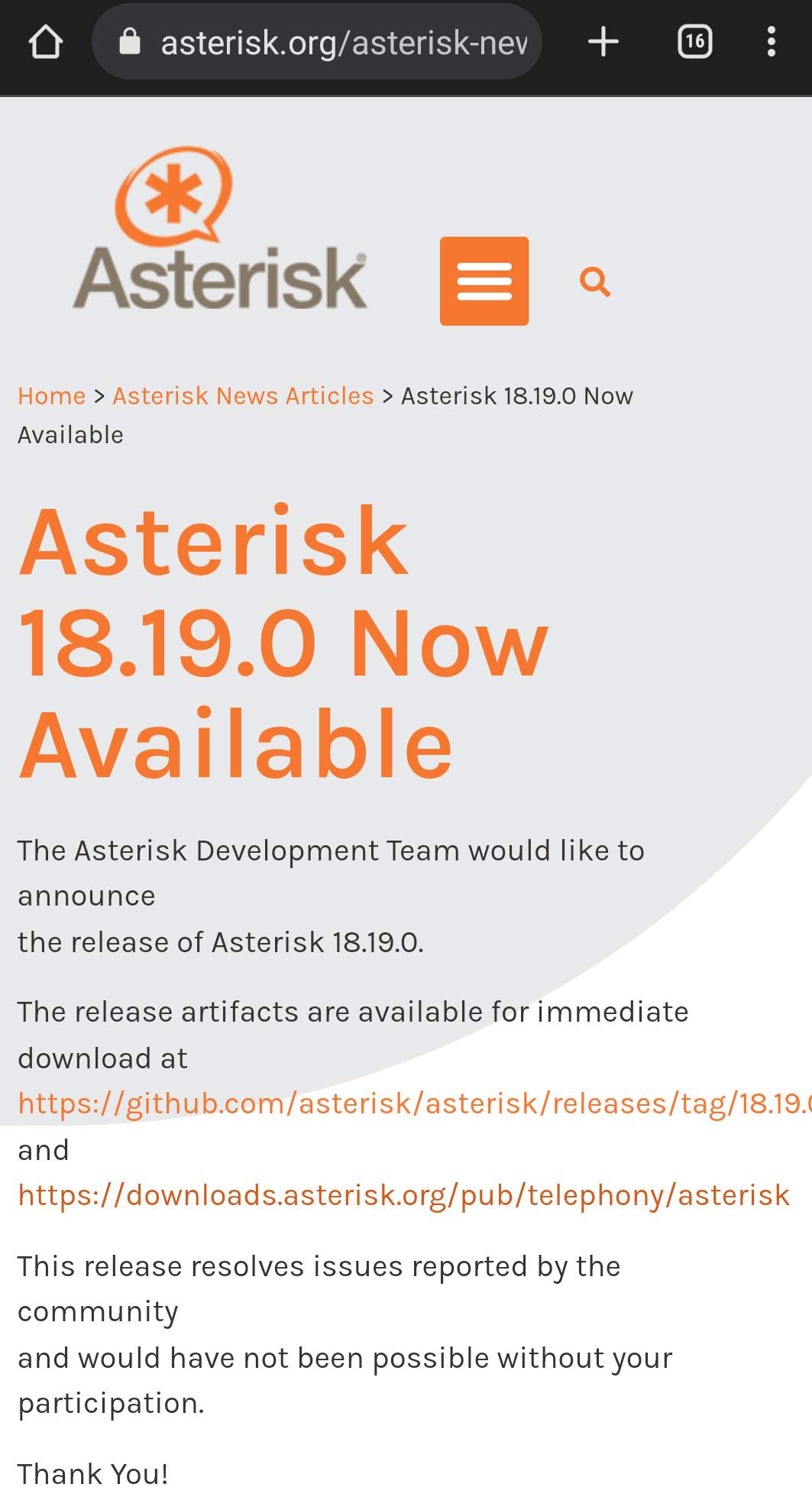What Is a Cloud PBX?
A cloud-based private branch exchange (PBX) is a modern way for companies to communicate and route calls via the internet. Learn what to look for in a cloud PBX system.
In the evolving world of business phone systems, a cloud-based private branch exchange (PBX) is a modern way for companies to communicate and route calls via the internet. Cloud PBX systems often replace costly on-premises PBX hardware that uses traditional telephone equipment and phone service providers to handle voice communications.
Cloud PBX is often used interchangeably with hosted PBX because a third party manages the equipment; however, there are significant differences. Cloud-based phone systems are typically implemented for their cost-savings potential and advanced calling features, including auto-attendants, call routing, mobile device support, voicemail to email, free local numbers, call recording and post-call notes.
If you’re considering a cloud PBX for your business, here’s what you need to know.
FYI
Cloud PBX is a type of business phone system often used interchangeably with terms such as “hosted PBX,” “IP PBX” and “virtual PBX.”
How does cloud PBX work?
Unlike a traditional telephone system, which uses copper landlines to transmit voice data, cloud PBX uses your business broadband connection to make communication possible. With cloud or hosted systems, voice data from your device is transformed into encrypted data packets that are sent through your internet service provider’s network to establish a connection and maintain the call.
Your service provider owns and manages all major equipment in a cloud PBX system. You are responsible for providing an internet-connected device or IP phone to connect to the internet.
Cloud PBX vs. on-premises PBX
For business owners, one of the most significant differences between cloud PBX and on-premises PBX is the hardware’s location. On-premises PBX systems require onsite hardware and IT maintenance that comes at the business’s expense. However, there are several other notable differences between these two phone systems to consider.
| Cloud PBX | On-premises PBX |
| Data is stored and managed in the cloud with no onsite hardware required. | You own and manage your onsite telecom hardware and data. |
| You can use IP phones and internet-connected devices to make and receive calls anywhere. | You can use traditional desk phones to make and receive calls from a fixed location. |
| It integrates with popular business software and tools for unified communications. | It integrates with CRMs, online tools and can als control facility access control devices. |
| It’s perfectly suited for companies with remote teams. | Can help both on site and remote workers. |
| There are minimal to no upfront or maintenance costs other than installation. | There are minimal up front costs other than installation. |
| There are monthly subscription fees in perpetuity for each user. | There’s the potential for lower monthly long-term costs as a result of owning your equipment. |
Virtual PBX vs. cloud PBX
Virtual and cloud PBX systems are similar because neither needs the onsite hardware that on-premises systems require. A virtual PBX is implemented to route incoming calls using interactive voice response (IVR) or auto-attendants.
This widely used technology lets callers interact with prerecorded messages through their dial pad to choose where the call should be routed. For example, if you’re calling your internet service provider, you might choose from billing and technical support options. This feature is also available with cloud PBX systems.
Virtual PBX systems are typically used at small businesses that don’t spend much time on the phone and don’t want to pay for a complete business phone system. Cloud PBX solutions can be found in companies of all sizes and industries where telephone communications and video conferencing are essential for conducting business.
Bottom Line
When choosing a business phone system, note that a virtual PBX is a component of a cloud PBX system.
Pros and cons of cloud PBX
The benefits and cost-saving potential of cloud PBX generally outweigh its disadvantages. However, cloud PBX phone systems are not perfect for every business in every location.
Pros
- It has low upfront costs.
- There’s no equipment to maintain.
- It provides flexibility for remote workers.
- It has a wide range of useful features and tools.
- It typically includes voice, video, chat and SMS communications.
- It integrates with other popular business applications, including CRM software.
Cons
- Your call quality is only as good as your internet connection.
- Your employees may need training on advanced features.
- Network routers may need fine-tuning to support cloud telephony.
- You’ll need an annual or monthly service plan that’s most likely priced per user.
What to look for in a cloud PBX provider
Most cloud PBX providers offer similar monthly and annual pricing structures, advertised uptimes that exceed 99.9%, and a wide range of integrations that can incorporate your new phone system into other software applications and tools your company uses daily.
With so much similarity between providers, shoppers should focus on the features they would utilize the most with a cloud-based phone system and make sure the move to cloud PBX doesn’t negatively impact the way their employees work.
FYI
A cloud PBX system offers remote workers greater flexibility, which can boost remote work productivity.
Here are some important factors to consider:
- Integrations: Integrations are a great place to start when you’re exploring cloud-based phone system providers. Most businesses are locked into several popular software applications, making it worthwhile to focus your search on the cloud PBX providers that will fit seamlessly into your existing toolset. Otherwise, your seemingly cost-effective phone solution may lead to additional expenses if you need to migrate to a different CRM system, for example.
- Price: Price is the second area to examine. Large companies should take the time to call a few cloud-based phone service providers to inquire about discounted pricing with an enterprise plan. Generally speaking, you’ll be able to find a lower rate by committing to an annual service plan instead of a recurring monthly payment. It’s worth noting that fees are typically charged per user.
- Flexibility: Plan flexibility is another essential aspect to consider. Not everyone in your business likely needs the same features in a phone system. Many businesses that are building a sales team or using remote customer service agents may need higher-priced advanced calling features. On the other hand, in-office support staff may need only the most basic, entry-level calling features.
- Support: Customer support can be critical, depending on your team’s experience with cloud-based software. Many cloud PBX providers offer 24/7 support with every subscription plan; however, some companies may limit support hours with their lower-cost and entry-level plans.
- Hardware: Hardware such as IP desk phones, conference phones, and headsets may not be necessary for all cloud PBX users, but if you’re going to purchase a significant number of devices, you may be able to find a better deal through your phone service provider. Companies such as Nextiva offer dozens of hardware options with discounted pricing available.
Tip
Existing businesses looking to switch to a cloud PBX phone system should prioritize integrations with the software applications they use daily, including the best CRM software.
Cloud PBX providers to consider
Our editorial team spent weeks reviewing the industry’s best business phone systems. We considered the most popular providers and identified 11 of the best options for businesses of all sizes.
For your convenience, we’ve summarized four of our favorite business phone system providers that offer some form of cloud PBX service. It’s worth noting that many of these providers use the terms “VoIP,” “cloud PBX,” “hosted PBX” and “virtual phone systems” interchangeably.
Pricing for this category is typically based on the number of monthly users, with discounts available for longer contract terms and larger companies with more than 20 users.
Dialpad
Dialpad is an advanced cloud PBX phone system that uses voice intelligence technology to help teams stay connected and transform business conversations into actionable data to increase efficiency and sales.
Here are a few notable Dialpad features:
- Unlimited calling
- Local number support in more than 50 countries
- Ring groups
- CRM integrations
- 24/7 customer support
- Desk phone support
- Number porting
- Automatic post-call notes
- Speech coaching
Pricing: Dialpad costs $15 to $25 per monthly user, with custom pricing for enterprise plans available for “business communications” products. New customers should take advantage of the 14-day free trial to get a better feel for Dialpad’s suite of features and tools.
Read our full Dialpad review for more information.
GoToConnect
GoToConnect’s hosted PBX helps businesses migrate from a legacy phone system to a modern communications suite with more control and an expansive set of administration tools.
These are some notable features of the GoToConnect Standard plan:
- Easy number porting
- Variety of free phone number options
- Smart call routing
- Hot desking
- Unlimited auto-attendants, ring groups, extensions, dial plans and music queues
These are some of GoToConnect’s advanced features:
- Call analytics
- “Listen, whisper and barge” feature (available to supervisors)
Pricing: GoToConnect’s three plans range from $24 to $39 per monthly user.
Nextiva
Nextiva is a reliable and modern business phone service that connects billions of conversations each year with reported uptimes of 99.999%.
Notably, all Nextiva Business Communication plans provide 24/7 live customer support and advanced VoIP features, including these:
- Auto-attendants
- Voicemail to email
- Toll-free numbers
- Online fax capabilities
- Unlimited domestic calling
Pricing: Nextiva costs $17.95 to $52.95 per monthly user when paid annually for large teams. Nextiva bases the pricing for its four subscription tiers on the number of users, with savings of around 25% for companies with more than 99 users. G
You’ll find seven-day trials and free demos for each of Nextiva’s Business Communication plans. You can also purchase or lease VoIP devices and save with manufacturer rebates and discounts.
Read our full Nextiva review for more information.
RingCentral
RingCentral was one of the early cloud PBX innovators, helping to lower costs, increase ROI, connect remote workers, and provide the flexibility to help businesses scale as needed. Note that RingCentral uses the terms “virtual PBX,” “hosted PBX,” “cloud PBX” and “IP PBX” interchangeably.
These are some of its standard features:
- 1,000 toll-free minutes
- Unlimited calls to the U.S. and Canada
- Voicemail transcription
- Call reports
- 24/7 support
- Auto-attendants
- Professional implementation
Add-ons include high-volume SMS and room licenses as well as additional toll-free, international, and vanity numbers.
Pricing: RingCentral costs $19.99 to $49.99 per monthly user for midsize companies when paid annually (a savings of up to 33%). Like many business phone system providers, RingCentral bases its product pricing for its four MVP tiers on the number of users. However, its entry-level Essentials plan is available only for businesses with 20 or fewer subscribers.
Whatever subscription tier you’re interested in trying, we recommend taking advantage of the free trial for five users and two desktop phones to get a feel for RingCentral’s interface and capabilities.
Cloud PBX FAQs
How much does a cloud PBX system cost?
Cloud PBX systems typically cost $20 to $60 per monthly user, depending on the features and services. Many hosted PBX providers offer discounts based on the number of users as well as contract length.
Because these phone systems run on most internet-connected devices, there’s often no need to purchase anything other than inexpensive headsets to take calls. However, companies that prefer traditional telephones can purchase IP phones that look and function like desk phones, but they’re connected via Ethernet cable instead of a phone line.
Is cloud PBX a VoIP?
What are the benefits of a cloud PBX system?
A cloud PBX system is an affordable way to provide advanced telephone features to in-office and remote employees. It can improve communication across an organization and track interactions to improve customer experiences. It can also help increase performance with real-time call analysis, post-call summaries, and detailed caller identification to help provide personalized and professional service over the phone.
If you want to make phone calls over the internet and increase…
Hopefully this article has helped you understand what your of system you’ll have and all the options available that come with it.
-Chris aka carpenox














































